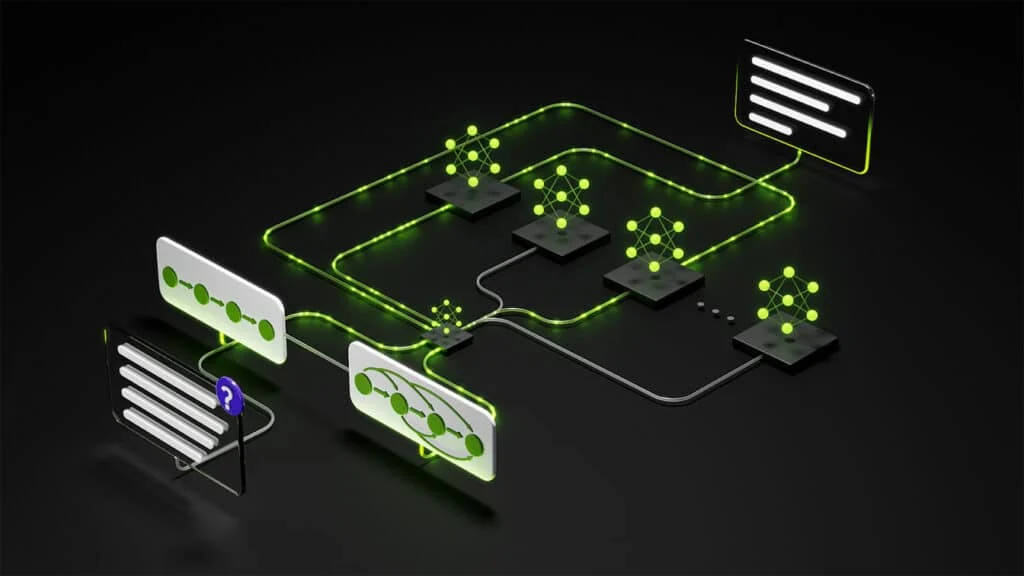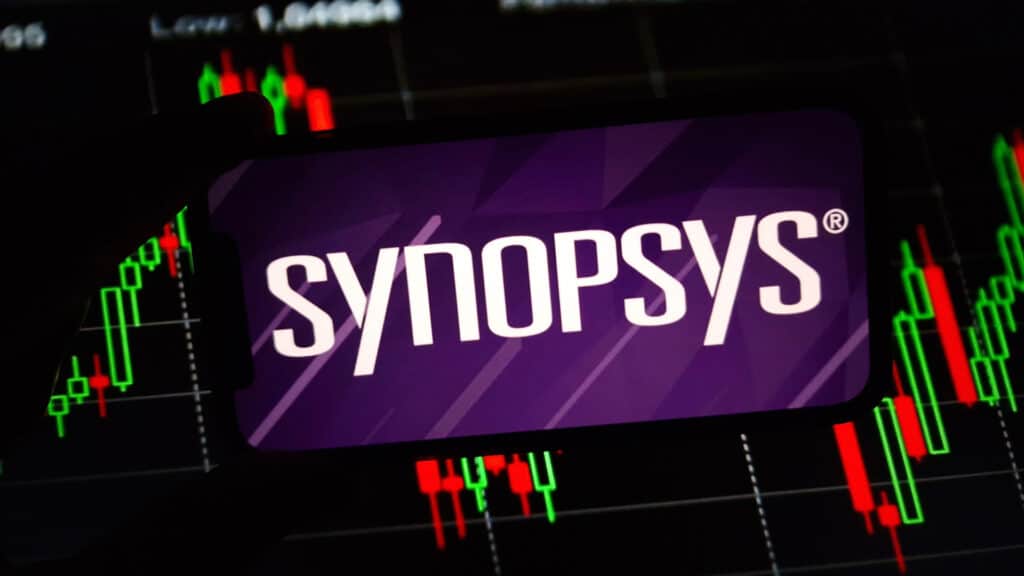The News: IBM and Rensselaer Polytechnic Institute (RPI) announced on April 5 that they had installed a 127-qubit IBM Quantum System One at the university’s campus in Troy, New York. This installation marks the first time IBM has placed such a system on a campus for education, research, and workforce development. See the press release on the IBM website and the RPI article.
Quantum in Context: The Case for On-Premises Quantum Computers
Analyst Take: It’s not unusual for university faculty and students to use quantum computing systems, though most of that activity has been on the cloud. Cloud access is part of the so-called, overused, clichéd “democratization of quantum computing.” Why bother having your own quantum computing system when you can access one from anywhere? Though I used to be skeptical of on-premises installations, the nature of quantum computing has changed, so it sometimes makes sense to have dedicated, local machines.
Cloud Access to Quantum Computing Systems
IBM first put a 5-qubit quantum computer on the cloud on May 4, 2016. Since then, the company has made dozens of machines available to the public and to paid users through its IBM Quantum Network. As it developed more powerful systems, IBM took down old machines and upgraded its hardware on the cloud. Tens of thousands of users have run billions of quantum circuits on IBM’s cloud quantum computers.
Microsoft and Amazon Web Services (AWS) also provide cloud access to quantum computers, though the hardware is not currently theirs. Microsoft Azure Quantum has many excellent resources for learning and using quantum computing. Developers can code using the Q#, Cirq, and Qiskit quantum software development kits (SDKs). Its cloud platform gives access to IonQ, Pasqal, qci, Quantinuum, and Rigetti systems.
Amazon Braket provides the Braket SDK for developers in addition to the Pennylane and Qiskit SDKs. Braket users can access IonQ, Oxford Quantum Circuits (OQC), QuEra, and Rigetti systems. As an aside, mathematician and quantum physicist Paul Dirac invented the “bra-ket” notation for representing quantum states, hence Amazon’s name for its quantum service.
IonQ is also available on Google Cloud. Individual quantum computing vendors such as Infleqtion may also make their systems privately available via the web or cloud through special arrangements.
Why Have Your Own Quantum Computer?
Important questions to ask any quantum computing vendor or cloud provider include:
- How many systems do you have available on the cloud?
- How often are your systems available, and what are their average uptimes?
- What are the average and maximum times my quantum computing job will be waiting in a queue before it runs? Is it seconds, minutes, or hours?
When I developed quantum circuits for my books Dancing with Qubits and Dancing with Python, I often had to run them many times. Sometimes, it was because I had made a mistake, and other times, it was because I was developing or changing a circuit. To get around this, I frequently used a quantum simulator. While this approach is useful, I ultimately needed to test the circuit on actual quantum hardware. If the wait time was too long, it slowed my development process to an unacceptably slow pace.
If I had my own quantum computer, and a quantum simulator is not a quantum computer, I could run my circuits as often as I wanted without queue delay. Even if I had to share the system with colleagues in my lab or university, the dedicated system would typically have a much faster turnaround than anything on the cloud. In an academic setting, quantum computing systems are used for scientific research and education. Even though the systems are noisy and not error-corrected, they still have great value in extending our knowledge and teaching the next generation of quantum scientists, engineers, and technicians.
If I were a financial institution, dedicated fast access would mean that my quantum algorithm developers could develop circuits and test them faster than if they had to wait in a cloud queue. Many such institutions might quickly recoup the cost of having private systems if they can eventually demonstrate Practical Quantum Advantage.
Security is another crucial consideration. Only you can see your data and quantum computations if the quantum computing system is on your secure network with controlled access. If the system provider has access, ensure you know what they can see and when.
Finally, prestige is an undeniable factor. Having that shiny system in a very visible location allows others to see how important you are and how seriously you take quantum computing now and in the future. For a university, this could mean extra grants for your faculty and increased enrollments of STEM students. For a state or region, it could accelerate getting additional government funds for quantum technology development.
IBM previously installed systems in Germany, Japan, Korea, and the Cleveland Clinic, in addition to its managed systems in the US. IonQ and Anyon Systems have reported selling quantum computers for on-premises installations.
What Are the Downsides to Having Your Own Quantum Computing System?
You must decide whether you require an on-premises quantum computing system or can use one in the cloud. Factors to consider include:
- The cost of the system, maintenance, and support staff
- The space and power needs of the system
- The extra physical security and cybersecurity requirements
- The speed of fixes, repairs, and updates to the installation
- The use of the system ending up small enough that a cloud solution would have been more economical
Key Takeaway: Installing a quantum computer locally is becoming more viable if you need secure, fast, dedicated access compared with the cloud. Cost, sustainability, and upgrade path are key points to consider.
Do you really need that fancy quantum computer on your site for everyone to see? The answer might be yes if your research or educational needs surpass what you can get from cloud-based systems. Think about how much use the system will get and at what cost. Measure cost in terms of money, security, energy, and support needs.
Disclosure: The Futurum Group is a research and advisory firm that engages or has engaged in research, analysis, and advisory services with many technology companies, including those mentioned in this article. The author is a former employee of IBM and Infleqtion and holds an equity position in each company. The author holds a small equity position in Google. The author does not hold any equity positions with any other company mentioned in this article.
Analysis and opinions expressed herein are specific to the analyst individually and data and other information that might have been provided for validation, not those of The Futurum Group as a whole.
Other Insights from The Futurum Group:
Quantum in Context: A Qubit Primer
Quantum in Context: Quantum Software Development Kit Qiskit Turns 1.0
Quantum in Context: Microsoft & Quantinuum Create Real Logical Qubits
Author Information
Dr. Bob Sutor is an expert in quantum technologies with 40+ years of experience. He is the accomplished author of the quantum computing book Dancing with Qubits, Second Edition. Bob is dedicated to evolving quantum to help solve society's critical computational problems.






